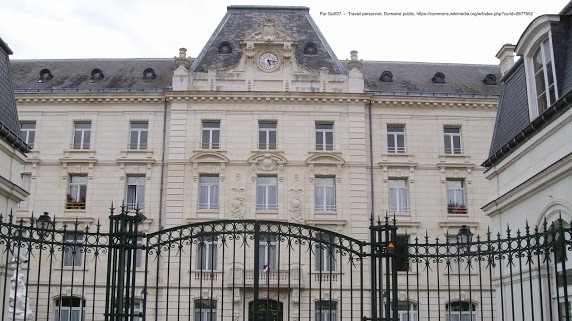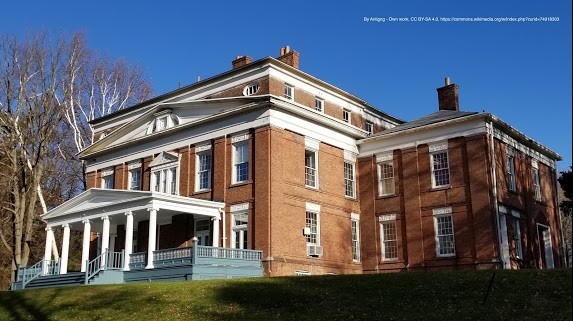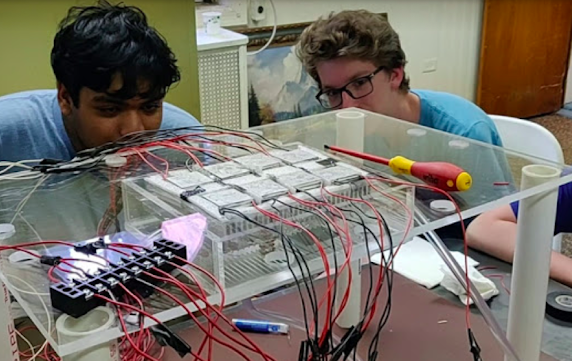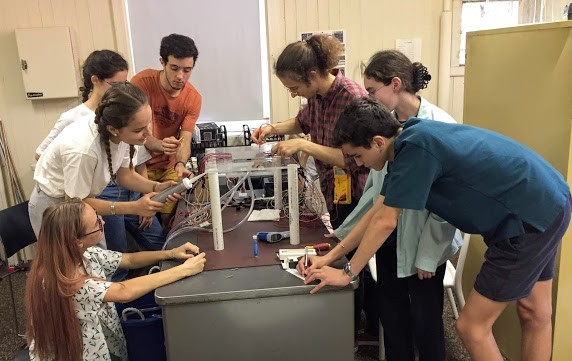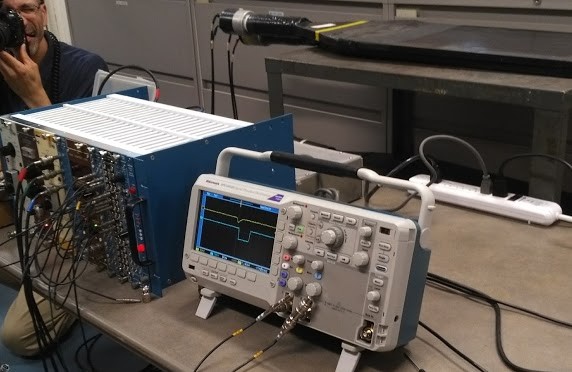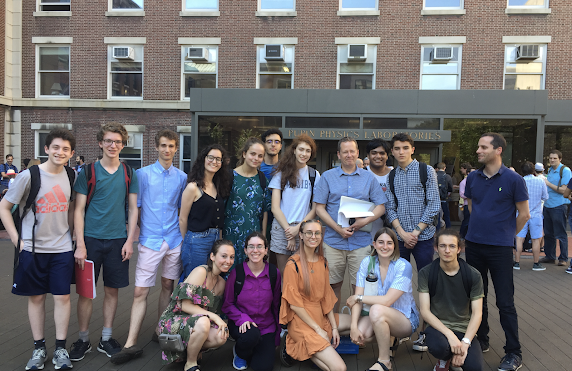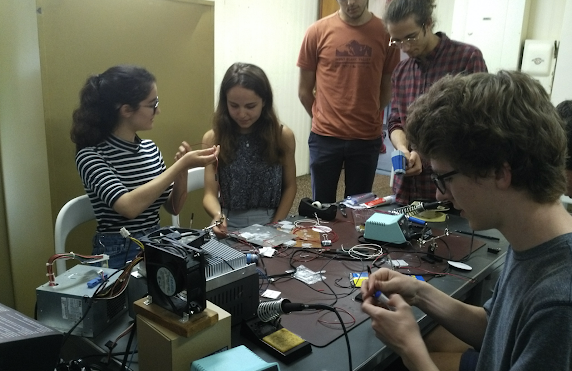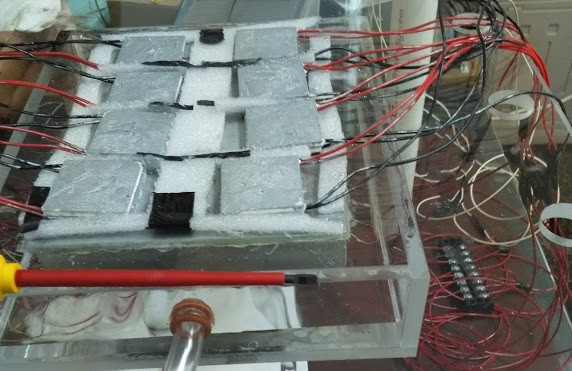APSS 2024
Summary
The APSS Astro-article summer school was inaugurated in 2019. The school was designed as an exchange program for students from the United States and French students from the Lycée Descartes in Tours, France. The goal was to give students a chance to exchange scientific ideas, set up potential scientific collaborations, and engage in cultural immersion. The school was coordinated by Professor Reshmi Mukherjee (member of the SCT and VERITAS Collaborations, USA) and Dr. Christian Mariaud (originally member of the H.E.S.S. Collaboration, France). The intention was to introduce students to astroparticle physics and very-high-energy gamma-ray astronomy. Unlike most other “summer” schools that are designed for graduate or advanced undergraduate levels, this school was aimed at first and second-year undergraduates and advanced high school students with a passion in science. In that sense, this school was conceptualized for the “novice” with the goal of potentially recruiting students for a STEM career pathway.
In 2024, the dates are as follows:
Dates
- 1-week at Barnard College and Nevis Labs, New York (run by pSCT and VERITAS scientist Reshmi Mukherjee): June 3-8, 2024
Activities and lectures will include carrying out cosmic ray experiments such as measuring the lifetime of the muon, attending talks about particle astrophysics during a week-long stay in New York City. Topics discussed will cover cosmic rays, dark matter, compact objects, gravitational waves, binary systems, and gamma-ray astronomy. Visiting students will tour laboratories, as well as explore the local area's history in science and astrophysics.
About the Program
This program brings together students from the United States and students from the Lycée Descartes in Tours, France to exchange scientific ideas, set up potential scientific collaborations, and engage in cultural immersion. The goal of this program is to introduce students to astroparticle physics and gamma-ray astronomy at very high energies using ground-based telescopes. The school is aimed at first and second-year undergraduates and advanced high school students with a passion in science. Students will have hand-on experience with cosmic ray experiments and will attend talks about particle astrophysics during a week long stay in Tours, France or New York City. Topics discussed will be cosmic rays, dark matter, compact objects, gravitational waves, binary systems, and gamma-ray astronomy. Visiting students will tour laboratories, as well as explore the local area's history in science and astrophysics.
Institutions
2024 Program Details
Lecturers
- Dr. Olivier Hervet, Assistant Project Scientist in high energy astrophysics, UCSC, USA
- Dr. Christian Mariaud, Professor, Lycée Dessaignes, Blois, France
- Prof. Reshmi Mukherjee, Barnard College, Columbia University, USA
Weekly Program
To be updated.
Visits to Laboratories
To be updated.
Seminars
To be updated.
Student Presentations
To be updated.
Experiments
Cloud Chamber
A cloud chamber is an early form of particle detector developed by C.T.R. Wilson in the early 1900's. Charged particles interact with the vapor in the chamber and create a trail of ionized particles. These ions then form a thin line of droplets which display a track of the particle's path. These different tracks change depending on the type of particle.
Cloud chambers played an important role in experimental particle physics from the 1920s to the 1950s, until the emergence of the bubble chamber. In particular, the discoveries of the positron in 1932 and the muon in 1936, both by Carl Anderson (awarded a Nobel Prize in Physics in 1936), used cloud chambers.
Here is a nice review of the contributions of the cloud chamber to physics: "A Report on the Wilson Cloud Chamber and its Applications in Physics". Reviews of Modern Physics. (1946).
Muon Lifetime
Muons are stopped in a large block of scintillator, where they subsequently decay into an electron (or positron) and two neutrinos. A short light pulse is produced by the stopping muon, and a subsequent short light pulse is produced by the electron (or positron), both of which are detected and amplified by a photomultiplier tube. By measuring the relative delay between these two light pulses from many muons, we can measure their lifetime.
Particle Astro Research
Members of the particle astrophysics group at Barnard College and Columbia University are involved in the development of a prototype Schwarzchild-Couder telescope (SCT) under construction at the Fred Lawerence Whipple Observatory, Arizona. Find a press release on the SCT inauguration here
The development of the prototype SCT has been made possible by funding provided through the NSF-MRI program. The pSCT Collaboration consists of members from several institutions. Find a complete list of institutions here
